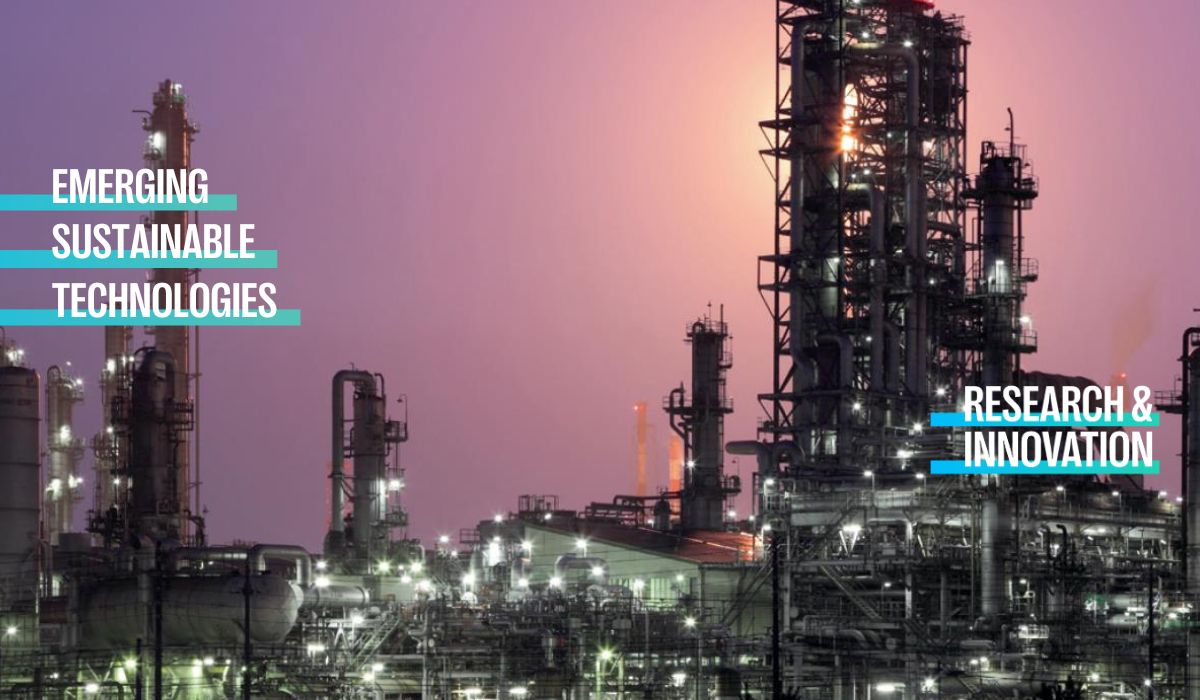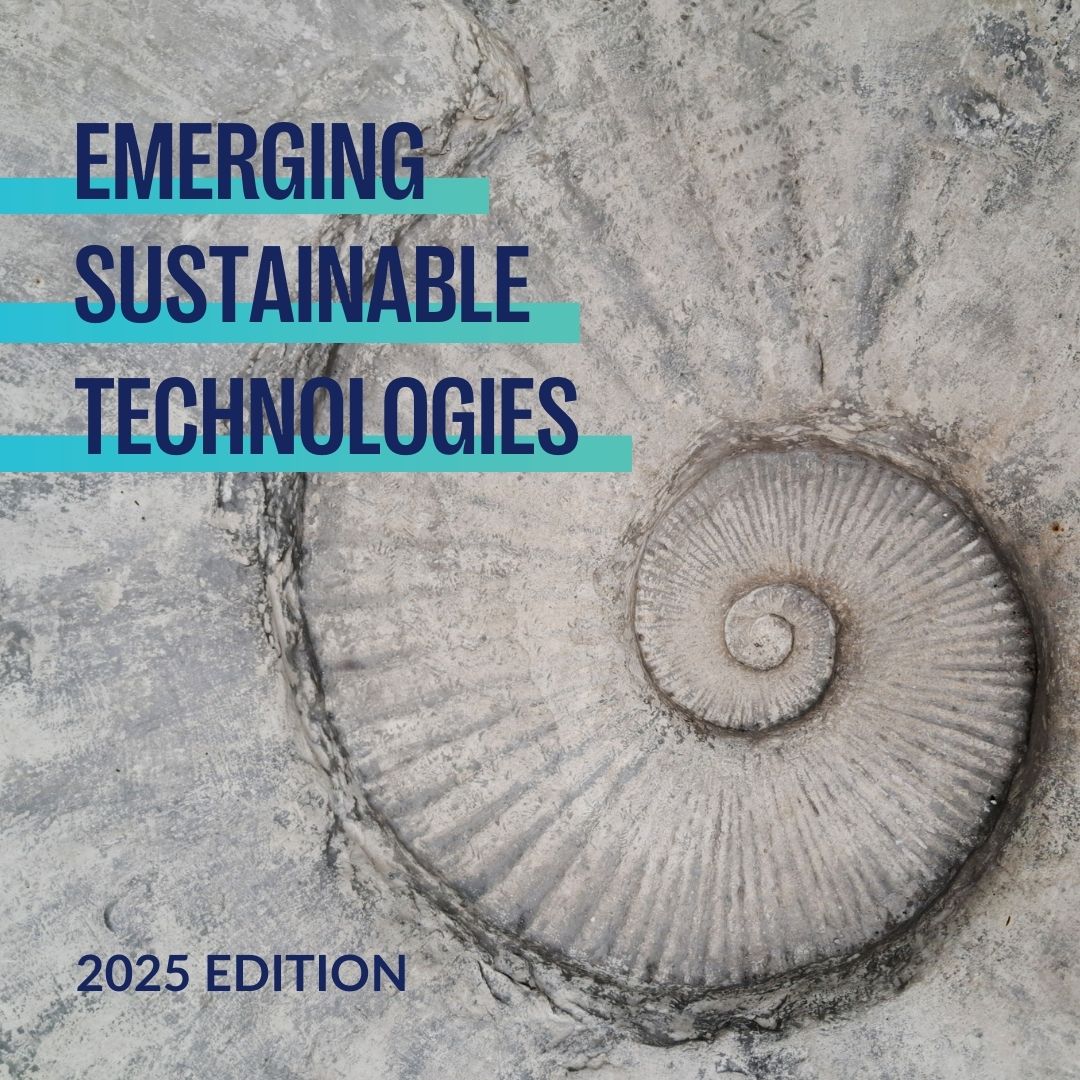


We will not be able to blame the lack of sustainable technologies for not succeeding in meeting our climate ambitions! Jan Mertens
There are two main reasons why industrial emissions are challenging to reduce:
- Many industrial processes require high-temperature heat, and the electrification of such heat is not yet mature. Therefore, in many cases, molecules are still used as the primary energy source.
- In some instances, these molecules serve not only as an energy source but also as feedstock (e.g. in the chemical industry) or as a reducing agent (e.g. in the steel industry to reduce iron oxide to iron).
New technologies for electrifying high-temperature heat could make industrial energy use fully electricity-based in the future. This requires significant investments in renewable electricity generation and grid infrastructure. Even if electrification is achieved, molecules will still be crucial as feedstock and reducing agents. Molecule-based and electron-based technologies will be needed to aid our progress toward net zero, while AI and digital technologies can help deploy these innovations more effectively to further accelerate the energy transition.
The chemical and petrochemical sectors currently rely on oil and gas as feedstocks for producing fuels, chemicals, and materials. Therefore, the need to defossilise rather than decarbonize. Both carbon and hydrogen are essential building blocks of organic chemistry (and hence also life science or pharmaceutical) applications, making it impossible to eliminate their use in chemical and material production entirely.
Technologies exist to convert these feedstocks, either biologically or via electricity to generate plasma, into fundamental building blocks for chemicals, materials and pharmaceuticals.
Using renewable electricity and biogenic/atmospheric CO2 enables the creation of carbon-neutral fuels, chemicals, materials and pharmaceuticals.
We can use electricity to produce heat or generate microwaves for converting feedstocks like carbon molecules or iron ore into chemicals, materials, and steel.
While novel heat pumps cannot deliver heat above 200°C (and we do not see this changing over the next decade(s)), they are suitable for industries like food processing, textiles, and paper. A key issue with current heat pumps is the high global warming potential of the refrigerants used.
Elastocaloric heat pumps offer higher efficiencies and avoid harmful refrigerants. Additionally, new technologies use renewable electricity to reach very high temperatures up to 1,000°C, traditionally met by molecular energy sources for use in ‘heavy’ industries such as chemical, cement, glass, steel, …
Digital technologies can contribute to the defossilisation of industries. A digital twin model coupled with AI combines numerical simulations with real-world observations to provide a comprehensive understanding of the performance of industrial processes. This approach allows for the identification of potential efficiency improvements and offers capabilities such as condition monitoring and predictive maintenance.
By combining human expert knowledge with AI-based digital systems (both data-based and rule-based), more informed and accurate decisions can be made compared to either method alone. The goal is to enhance operational efficiency and to reduce downtime in industrial processes.
The success of the energy transition relies on the interaction of various technologies. The future will involve a portfolio of interconnected systems and technologies. We live in a multipolar world marked by significant geopolitical uncertainty, rife with confrontation and conflicts. The regionalisation of supply chains, the presence of a critical mass of domestic manufacturing capabilities, and the preservation of a strong, dynamic industry base are key to coping with current challenges. Technological choices and innovations strengthening the industrial base of a nation or a continent will be influenced by those conflicts and tensions. Therefore, the journey ahead is complex and resource-intensive, requiring collaboration beyond a single company, industry, country, or even continent to deliver effective solutions.
Global action will be needed to break down barriers between disciplines, social groups, economic sectors, and continents. Our greatest ambition is to inspire everyone to become part of this transition since we will not be able to blame the lack of sustainable technologies for not succeeding in meeting our climate ambitions!
Jan Mertens, Chief Science Officer ENGIE, Professor at Ghent University